The difference between physical and chemical sunscreens
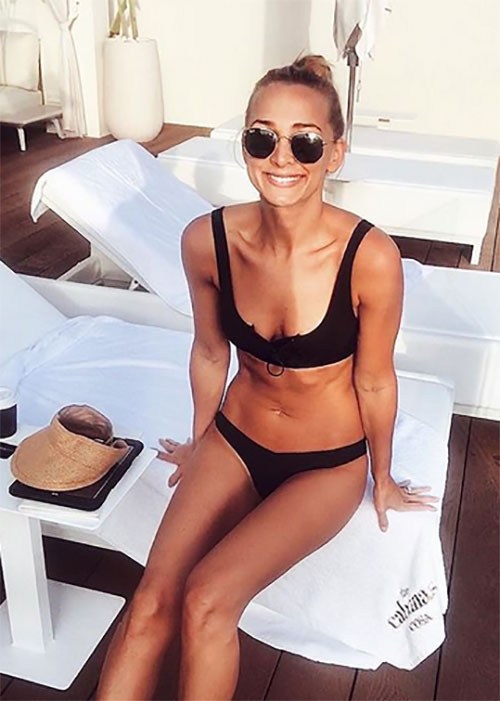
Consider the confusing world of sun protection explained
Consider the confusing world of sun protection explained
The sun safe message of slip, slop, slap has been drilled into us since the day we were born. So it’s fair to say we are well aware of just how important it is to protect ourselves from harmful UVA and UVB rays every day, regardless of what the weather looks like outside.
And while sunscreen is perhaps the most important product in our beauty cupboard, many of us are unaware of the difference between physical and chemical formulas, how they work and which variety is best suited to us.
To simplify the confusing world of SPF, we spoke to Ee Ting Ng, cosmetic chemist and founder of skin care brand hop & cotton, and Dr. Greg Goodman, Associate Professor and Dermatologist at Monash University. Here’s what they had to say:
#1 / The difference between physical and chemical sunscreens
According to Ng, “physical sunscreens protect skin by reflecting and scattering UV rays from the skin’s surface, whereas chemical sunscreens protect skin mainly by absorbing UV, converting it to heat, then releasing it from the skin.”
Physical sunscreens protect skin due to their make-up of zinc oxide and titanium dioxide, “which are UVA and UVB blockers that have a micronised or micro-fine particle size, which allows their normal white appearance to present as colourless. Additionally, the particles have many reflective surfaces that scatter and reflect light, stopping its penetration into the skin” Goodman explains.
In contrast, Goodman reveals chemical sunscreens “include substances that interact with the sun, such as salicylates, cinnamates, and 4-Methylbenzlydene camphor (4-MBC) that will block in the UVB range, and substances such as avobenzone, oxybenzone and ecamsule that will block UVA.”
#2 / Which formula works best for problematic skin types
“Physical blockers may be better for those with rosacea and melasma (pigmentation) where heat generated by chemical sunscreens may be problematic.” Goodman says.
Ng adds, “due to the reactive nature of chemical filters (converting UV to heat), they commonly cause irritation and allergies like stinging, burning, redness or rashes. Therefore, physical filters (which are unreactive) are better for people with dermatitis or sensitivity.”
Goodman also explains that if you find a sunscreen is causing you to break out, the base formulation of the product (rather than the UVA and UVB reflecting or absorbing ingredients) might be to blame. “It’s more about the base of the sunscreen than the ingredients. Heavier bases and occlusive preparations are a problem in acne-prone people. Always aim for lighter lotions or sprays and choose preparations that tell you they are ‘non-comedogenic’ or ‘non-acnegenic.’”
If you’re in the market for a physical sunscreen, we recommend checking out Invisible Zinc 4hr Resistant SPF50+ UVA-UVB, Cosmedix Reflect SPF30 and Little Urchin Natural Sunscreen.
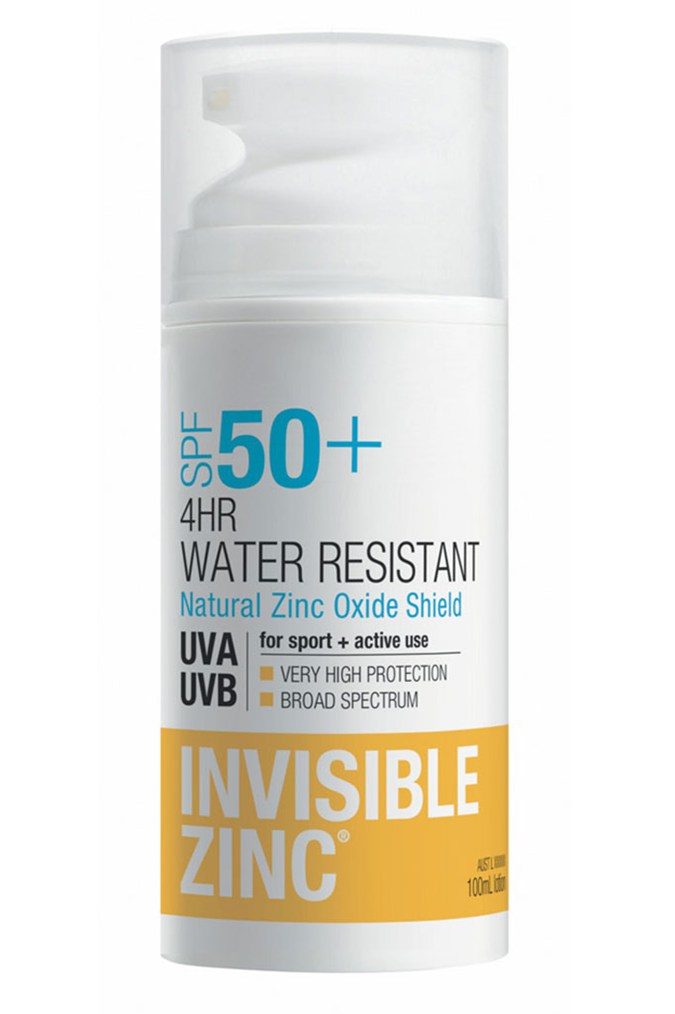
Invisible Zinc 4hr Resistant SPF50+ UVA-UVB
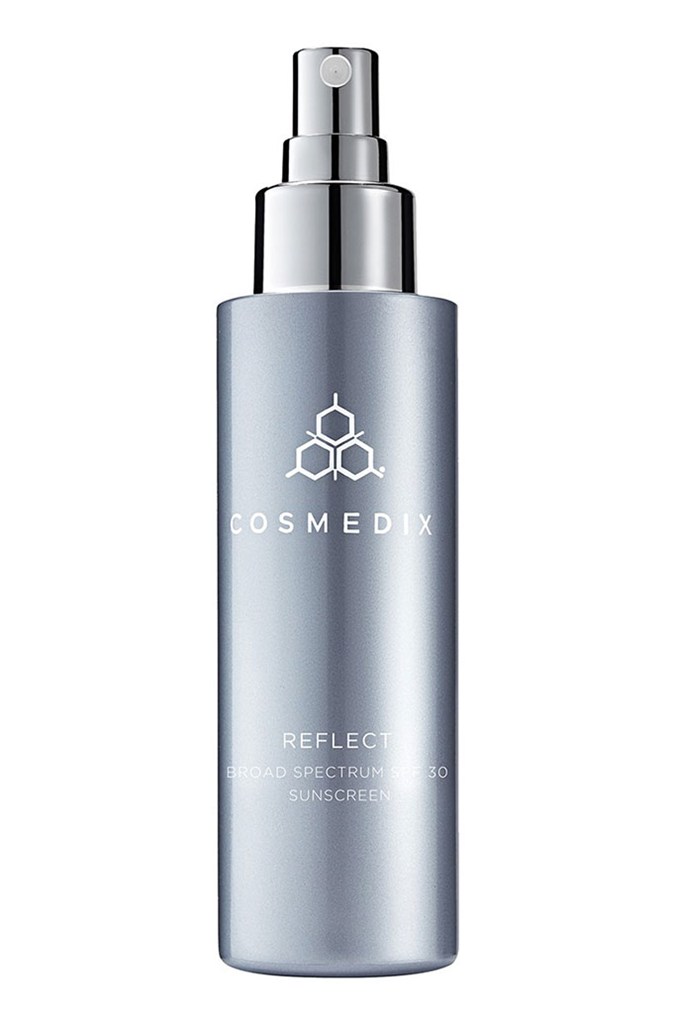
Cosmedix Reflect SPF30
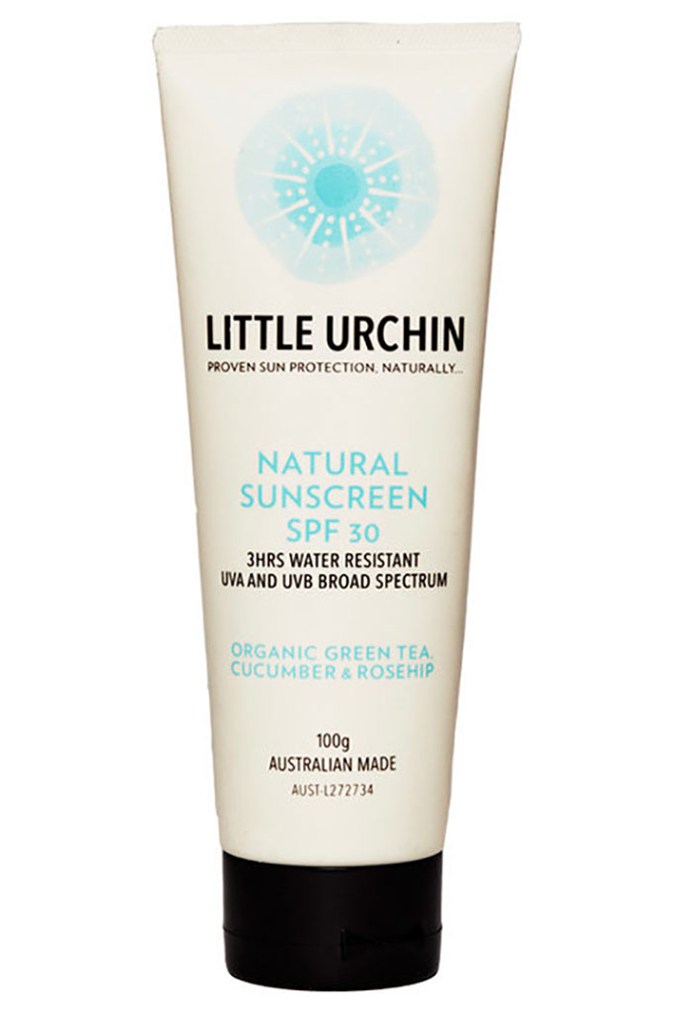
Little Urchin Natural Sunscreen
On the flip side, if you’re quite selective with product textures, you might prefer chemical sunscreens, “as they are typically more fluid/spreadable than physical ones,” shares Ng. “Chemical sunscreens also don’t result in any notorious ‘white-cast’ or flashback in photography that some physical sunscreens (with titanium dioxide) give.”
#3 / Which formula is best when you plan on going in the water
While both physical and chemical sunscreens are capable of being water-resistant, “chemical sunscreens are often better as they tend to ‘stick’ to the skin in water,” says Goodman.
A few of our favourite chemical sunscreens include Neutrogena Beach Defence SPF 50, NIVEA Sun Ultra Beach Quick Dry Sunscreen Pressurised Spray SPF 50+ and Banana Boat Sun Comfort Lotion SPF 50+.
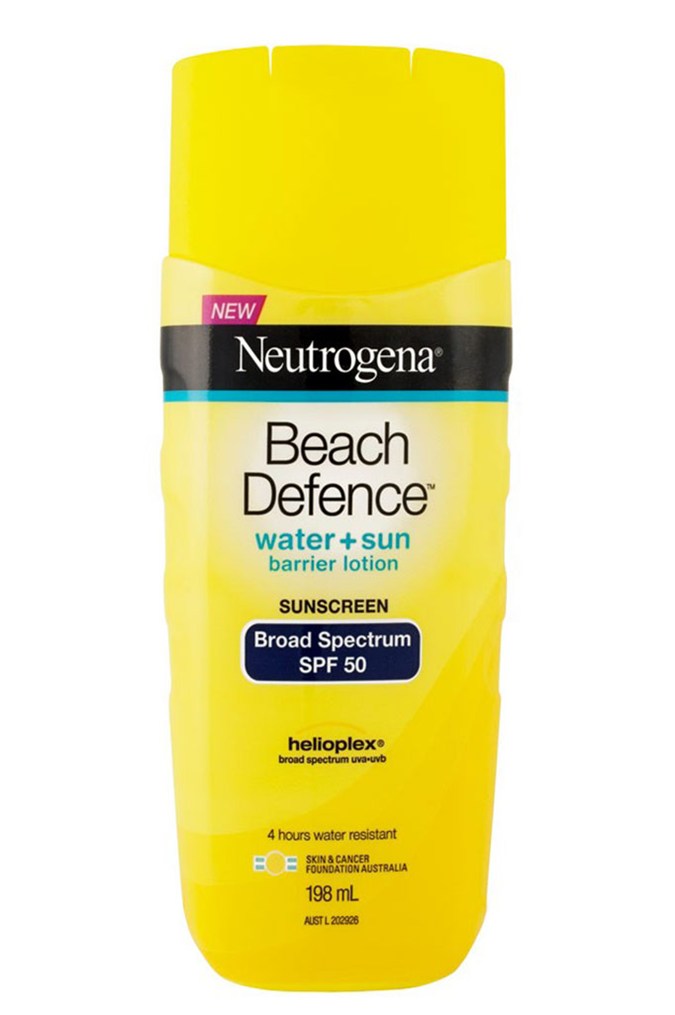
Neutrogena Beach Defence SPF 50
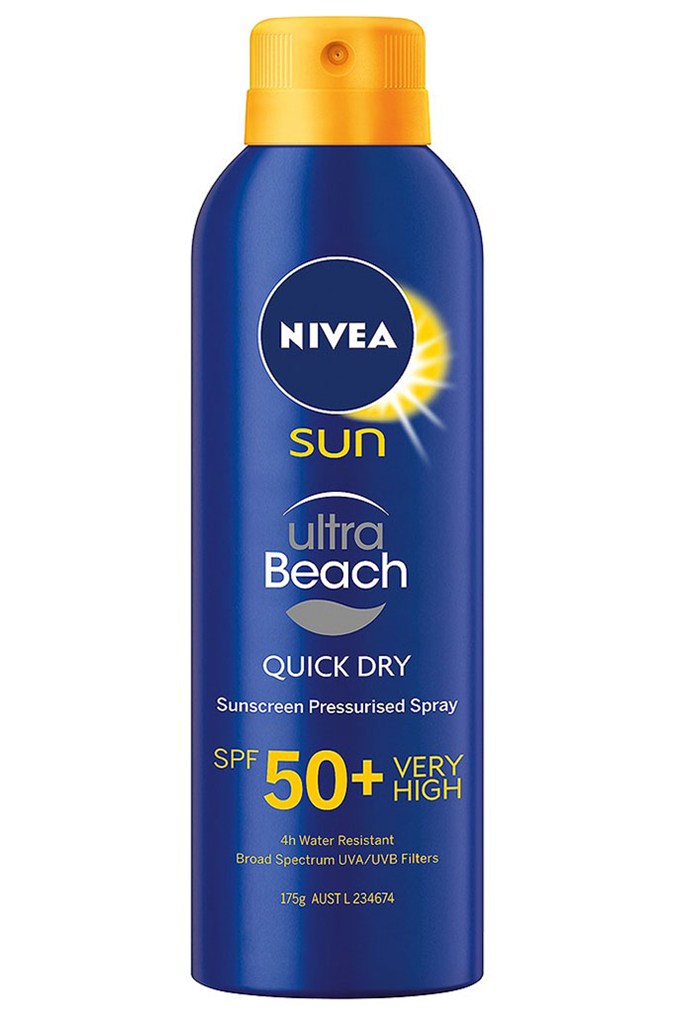
NIVEA Sun Ultra Beach Quick Dry Sunscreen Pressurised Spray SPF 50+
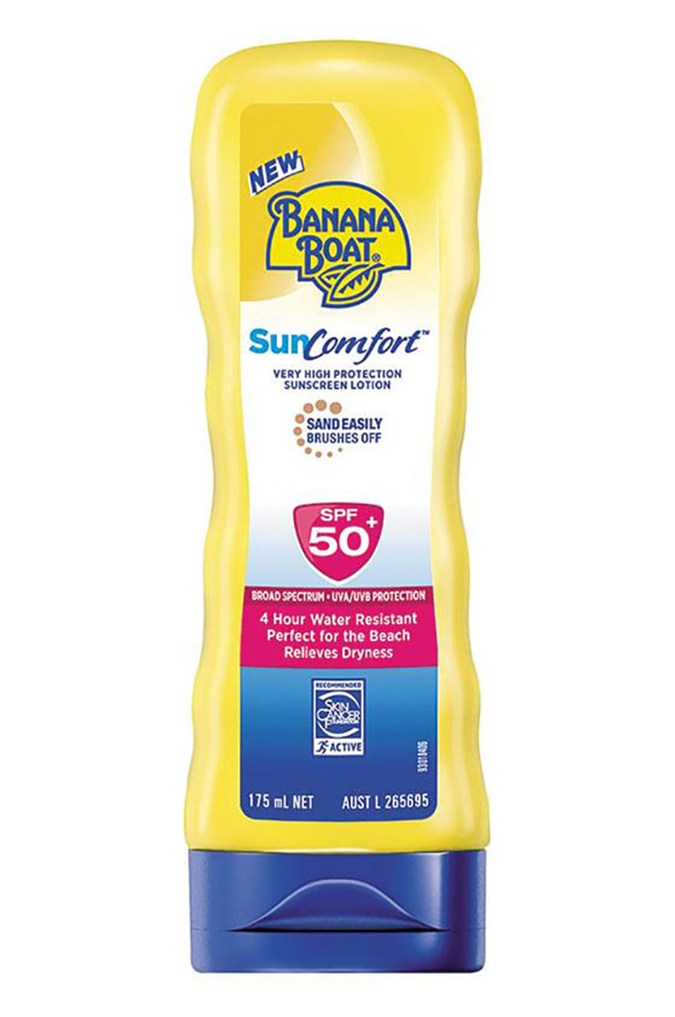
Banana Boat Sun Comfort Lotion SPF 50+
#4 / How often each formula needs to be applied
According to both Ng and Goodman, the need to reapply each formula depends on your level of activity and length of sun exposure. “If you’re in an office from 9am to 5pm with minimal sun exposure/sweating throughout the day, there isn’t really a need to reapply sunscreen,” says Ng. Alternatively, if you’re out in the sun for lengthy periods of time, “two to four hour applications are required,” Goodman explains.
In perhaps the weirdest beauty news we’ve heard in a long time, KFC launched a fried chicken-scented sunscreen, and we don’t know what to think about it.
What sunscreen brand do you swear by? Let us know in the comments below.
Image credit: @annaheinrich1

Kate started working for BEAUTYcrew in early 2016, first as a contributor, and was then named Beauty Writer in 2017. She loves picking the brains of the industry's top experts to get to the bottom of beauty's toughest questions. Bronze eyeshadow palettes are her weakness and she's forever on the hunt for the perfect nude nail polish to suit her fair skin. Her words can also be found in Men's Health magazine, and she now works in PR.







